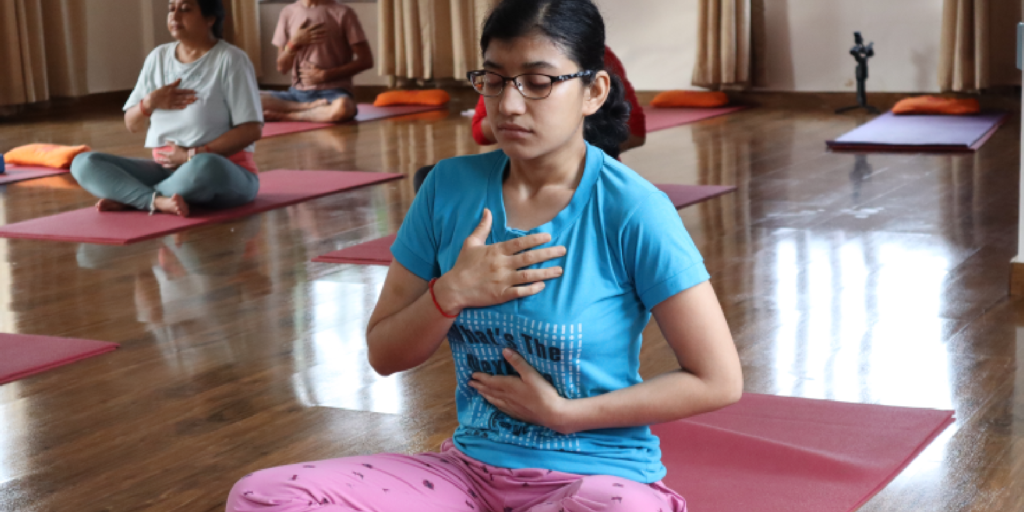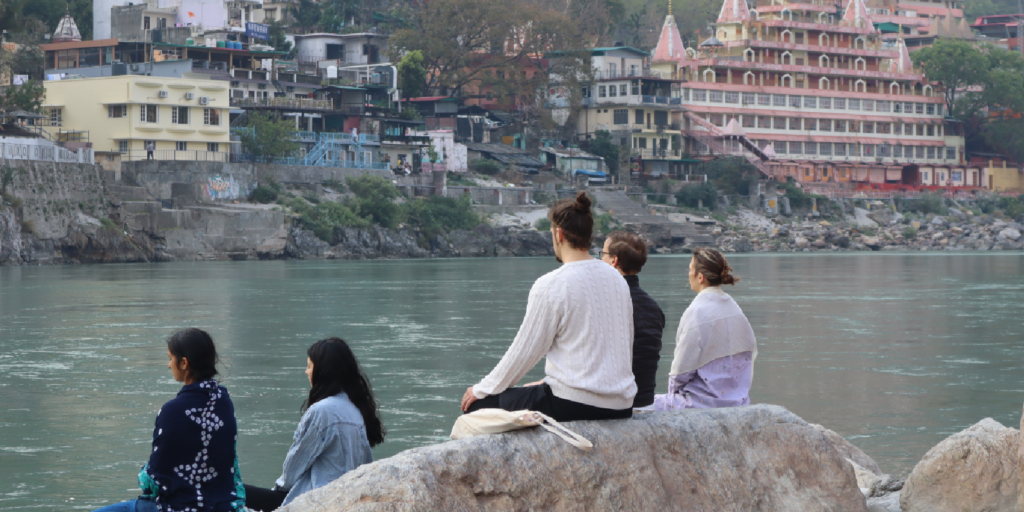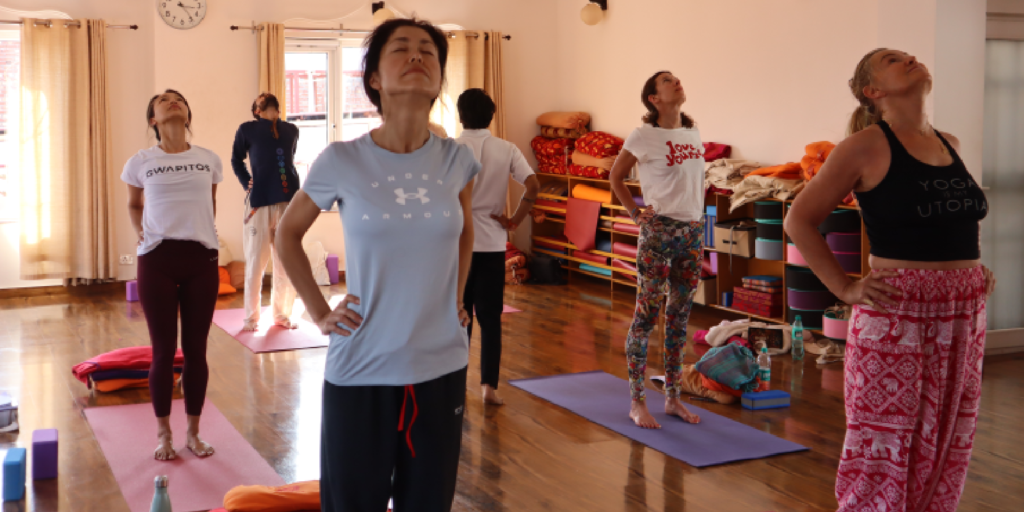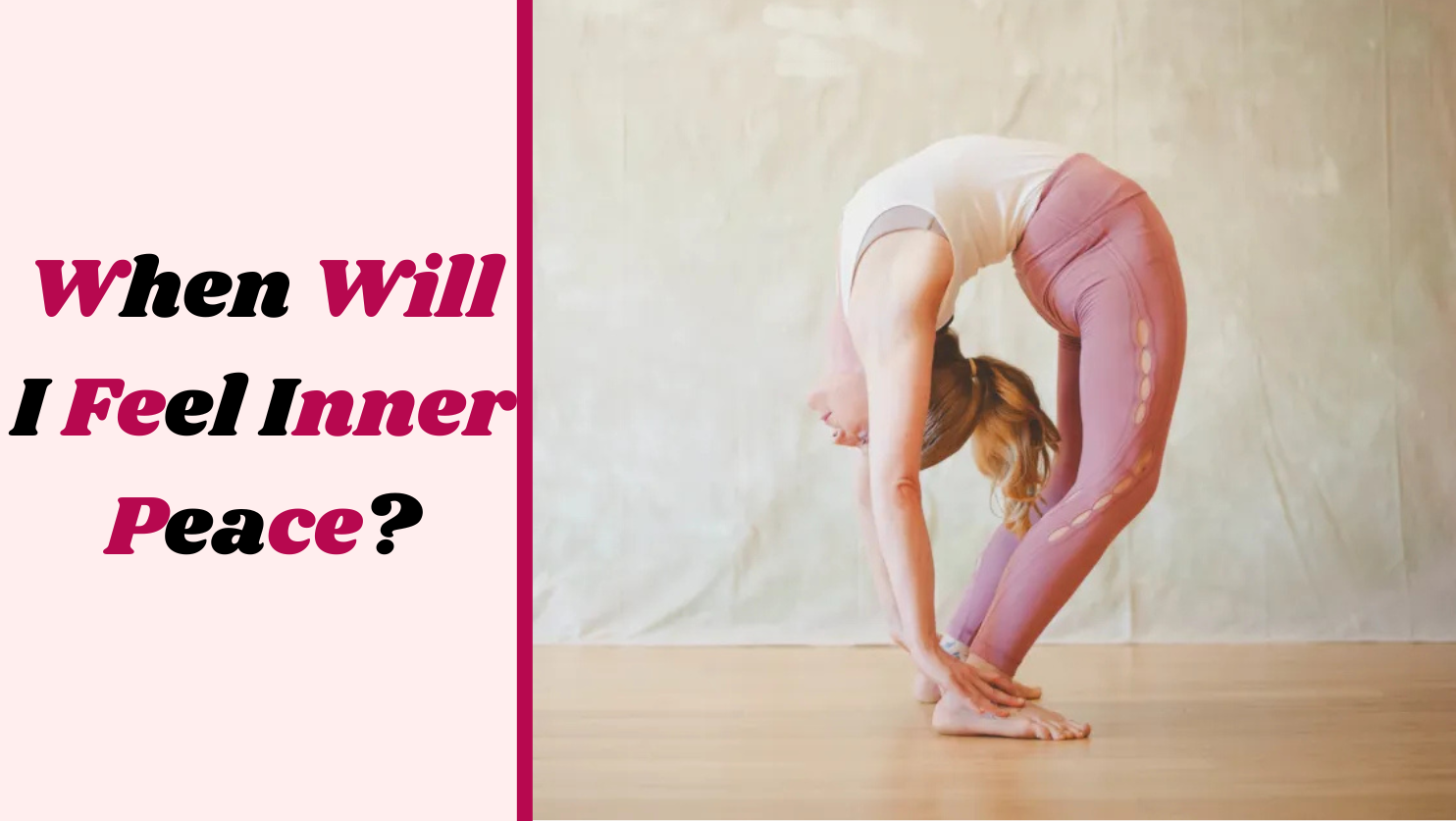The pursuit of inner peace is one of the most sought-after goals in our modern world. In a time when we’re constantly bombarded with information, responsibilities, and challenges, the idea of finding peace within ourselves can feel like an elusive dream. Many of us come to yoga, meditation, or other spiritual practices hoping to attain that state of serenity and balance—but the question often arises: When will I feel the inner peace I’m seeking?
If you’re wondering when you’ll experience that deep sense of calm, harmony, and contentment that inner promises, you’re not alone. Many people begin their journey with the intention of reaching that state, only to discover that the path to inner peace is not linear, nor is it as simple as “finding” it in a single moment. It is a continuous, evolving practice that requires patience, mindfulness, and a willingness to let go of attachments and expectations.
In this blog, we will explore what inner peace really means, why it’s important, and how to cultivate it in your life. By understanding the nature of inner , we can better understand why it’s not always instantaneous and how to enjoy the journey of achieving it.
What is Inner Peace?
Inner peace is often described as a state of calmness, tranquility, and balance within oneself. It is a profound sense of contentment and stillness that exists beneath the noise of daily life. It’s a state where your mind, body, and spirit are aligned, and you feel at peace with yourself and the world around you. Inner peace is not merely the absence of conflict or stress, but the ability to stay centered and grounded even in the midst of life’s challenges. Embarking on a journey like Yoga Teacher Training in Rishikesh can be a transformative step towards cultivating this sense of inner harmony, as it combines the teachings of mindfulness, self-awareness, and holistic practices in a serene environment.
In many ways, inner is about cultivating a deep sense of acceptance and letting go of the need to control every situation or outcome. It involves understanding and accepting your emotions, thoughts, and circumstances without judgment, allowing yourself to simply be.

Inner peace can look different for each person. For some, it’s a quiet sense of contentment or calm; for others, it might manifest as clarity of mind or a deep sense of connection with the universe. What’s important is that inner peace is an experience of harmony and balance that transcends external circumstances.
Why is Inner Peace Important?
Inner peace is essential because it directly impacts our well-being. When we’re at peace within ourselves, we’re better able to manage stress, navigate difficulties, and make decisions with clarity. It allows us to engage in life fully, without being overwhelmed by negative emotions, fears, or distractions.
- Mental Health: Inner peace contributes to improved mental health by reducing anxiety, depression, and stress. When we feel at peace with ourselves, we are less likely to be overwhelmed by our thoughts and emotions. Instead of being driven by reactive patterns, we can approach life with a calm and open mindset.
- Emotional Resilience: Cultivating inner peace strengthens emotional resilience. When you have a peaceful mind and a grounded sense of self, you can better cope with life’s challenges. Whether it’s a difficult situation at work, a personal struggle, or a family issue, inner peace helps you approach these situations from a place of emotional strength rather than fear or frustration.
- Physical Health: Inner peace is also closely tied to physical well-being. Chronic stress and negative emotions can take a toll on the body, leading to various health problems such as high blood pressure, heart disease, and digestive issues. By reducing stress and cultivating inner calm, you can improve your overall health and longevity.
- Relationships: Inner peace positively affects relationships, as it allows you to interact with others from a place of understanding, compassion, and clarity. When we’re at peace with ourselves, we can listen without judgment, communicate more effectively, and maintain a sense of calm even in the face of conflict.
- Spiritual Growth: For many, inner peace is a gateway to spiritual growth. By calming the mind and opening the heart, we create the space for greater self-awareness, intuition, and a deeper connection to the divine or universal energy.
The Journey to Inner Peace
One of the most important things to understand about inner peace is that it is not a destination but a journey. It is not something you achieve once and for all, but rather a continual practice. While you may have moments of profound peace, you may also experience times of turbulence and unrest. The key is to develop the tools and mindset to navigate both with grace.

Here are some key insights into the journey of cultivating inner peace:
- It Takes Time: Achieving inner peace is not something that happens overnight. It is a gradual process that takes time, self-reflection, and consistent practice. Like any skill, cultivating peace within yourself requires patience and dedication. The more you practice mindfulness, meditation, and self-compassion, the easier it will be to tap into your inner calm.
- Letting Go of Expectations: Many of us approach the quest for inner peace with a set of expectations. We may think, I will feel peaceful once I get the job I want, or I will find peace once I resolve this relationship issue. However, inner peace does not rely on external circumstances. It comes from within. The more we let go of expectations and attachments to outcomes, the more we make room for peace to arise naturally.
- Mindfulness and Meditation: Mindfulness and meditation are powerful tools for cultivating inner peace. These practices help you connect with the present moment, reduce mental chatter, and observe your thoughts and emotions without judgment. Through consistent meditation practice, you can train your mind to remain calm, even in the midst of chaos.
Meditation allows you to witness your thoughts without identifying with them, helping you detach from the emotional reactivity that can disturb your peace. Over time, this practice strengthens your ability to stay grounded and centered, even when life becomes challenging.
- Self-Acceptance and Compassion: Inner peace is rooted in self-acceptance and compassion. It involves embracing yourself as you are, with all of your imperfections and flaws. When you accept yourself fully, without judgment or criticism, you open the door to deep inner peace. This practice of self-love allows you to release the inner turmoil that comes from self-doubt or shame.
Additionally, showing compassion to yourself and others helps to foster peace. When you cultivate kindness, patience, and empathy, both for yourself and the people around you, you contribute to a peaceful and harmonious world.
- Balance and Boundaries: Finding inner peace often requires balancing the demands of life with your personal needs. It involves creating healthy boundaries in relationships, work, and other areas of your life. By learning to say no when necessary and taking time to nourish your mind, body, and spirit, you create the space for peace to flourish.
Regular self-care practices, such as yoga, journaling, taking walks in nature, or simply resting, allow you to replenish your energy and keep stress at bay. By taking care of yourself, you support your ability to stay peaceful in the face of life’s challenges. Engaging in a transformative experience like a 200 hour Yoga Teacher Training in Rishikesh not only deepens your self-care routine but also equips you with tools to maintain inner balance and share these practices with others.
The Obstacles to Inner Peace
It’s important to acknowledge that the path to inner peace is not always smooth. There are obstacles and challenges along the way that can temporarily disrupt our sense of calm. These obstacles can include:
- Ego and Attachment: Our attachment to our identity, our possessions, and the need to control outcomes can prevent us from experiencing inner peace. The ego thrives on comparison, competition, and desire, all of which create mental restlessness. Learning to detach from the ego and let go of attachment allows you to return to your natural state of peace.
- Negative Thought Patterns: Negative thought patterns, such as worry, fear, and self-criticism, can block inner peace. These thoughts keep us trapped in the past or future, rather than allowing us to be present. Mindfulness practices help to break these patterns by teaching us to observe our thoughts without becoming consumed by them.
- External Stressors: Life’s challenges—such as financial struggles, relationship difficulties, or health issues—can make it difficult to find peace. However, it’s important to remember that even in the midst of chaos, you can still cultivate peace within. This is where the practice of mindfulness and meditation can be especially helpful, as it allows you to create an inner refuge regardless of external circumstances.
- Impatience: The desire for instant results can be an obstacle to inner peace. Many of us expect immediate relief from stress or anxiety, but true peace takes time and practice. By learning to embrace the journey and trust in the process, we allow inner peace to unfold naturally.

When Will I Feel Inner Peace?
You may wonder, When will I feel inner peace? The answer is that you may already be experiencing moments of inner peace, even if they seem fleeting or subtle. Inner peace is not a distant goal; it’s a practice that you can cultivate every day. By showing up with patience, self-compassion, and mindfulness, you’re already on the path.
Remember that the journey to inner peace is not about reaching a final destination, but about embracing the process of becoming more present, more compassionate, and more accepting of yourself. The more you practice mindfulness, meditation, and self-care, the more naturally peace will flow into your life.
As you continue on your journey, trust that inner peace will gradually become a more constant and natural part of your existence. It may not always look the way you expect, but with time, patience, and persistence, it will come.




